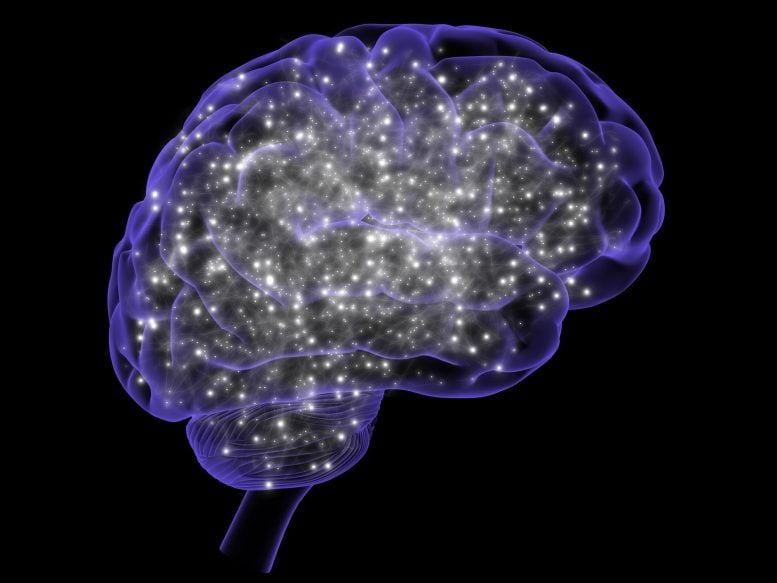
Scientists had previously believed that silent synapses were only present during early development.
The ability of the adult brain to form new memories and absorb new information may be explained by these immature connections.
MIT neuroscientists have found that the adult brain is filled with millions of “silent synapses” — immature connections between neurons that are not active until they are needed to help create new memories.
It was previously believed that silent synapses only existed during early development, playing a role in helping the brain learn new information encountered in early life. However, the new MIT study discovered that in adult mice, approximately 30% of all synapses in the brain’s cortex are silent.
The existence of these silent synapses may help to explain how the adult brain is able to continually form new memories and learn new things without having to modify existing conventional synapses, the researchers say.
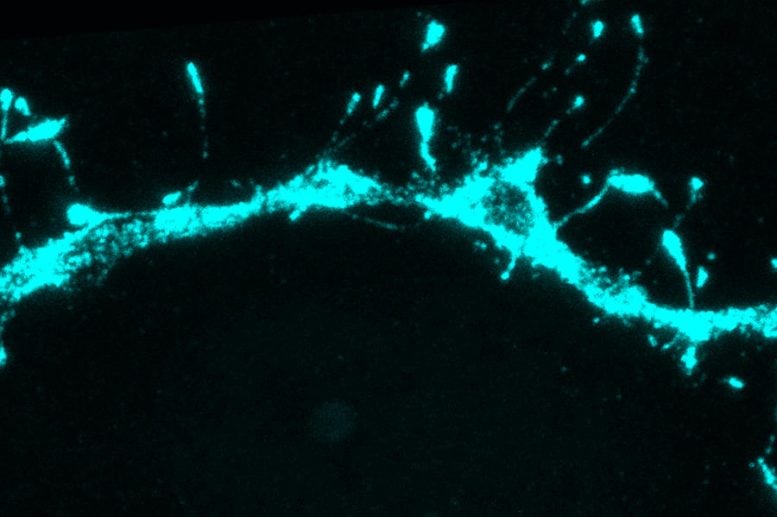
MIT researchers have discovered that the adult mouse brain contains millions of silent synapses, located on tiny structures called filopodia. Credit: Dimitra Vardalaki and Mark Harnett
“These silent synapses are looking for new connections, and when important new information is presented, connections between the relevant neurons are strengthened. This lets the brain create new memories without overwriting the important memories stored in mature synapses, which are harder to change,” says Dimitra Vardalaki, an MIT graduate student and the lead author of the new study.
Mark Harnett, an associate professor of brain and cognitive sciences, is the senior author of the paper, which was recently published in the journal Nature. Kwanghun Chung, an associate professor of chemical engineering at MIT, is also an author.
A surprising discovery
When scientists first discovered silent synapses decades ago, they were seen primarily in the brains of young mice and other animals. During early development, these synapses are believed to help the brain acquire the massive amounts of information that babies need to learn about their environment and how to interact with it. In mice, these synapses were believed to disappear by about 12 days of age (equivalent to the first months of human life).
However, some neuroscientists have proposed that silent synapses may persist into adulthood and help with the formation of new memories. Evidence for this has been seen in animal models of addiction, which is thought to be largely a disorder of aberrant learning.
Theoretical work in the field from Stefano Fusi and Larry Abbott of Columbia University has also proposed that neurons must display a wide range of different plasticity mechanisms to explain how brains can both efficiently learn new things and retain them in long-term memory. In this scenario, some synapses must be established or modified easily, to form the new memories, while others must remain much more stable, to preserve long-term memories.
In the new study, the MIT team did not set out specifically to look for silent synapses. Instead, they were following up on an intriguing finding from a previous study in Harnett’s lab. In that paper, the researchers showed that within a single neuron, dendrites — antenna-like extensions that protrude from neurons — can process synaptic input in different ways, depending on their location.
As part of that study, the researchers tried to measure neurotransmitter receptors in different dendritic branches, to see if that would help to account for the differences in their behavior. To do that, they used a technique called eMAP (epitope-preserving Magnified Analysis of the Proteome), developed by Chung. Using this technique, researchers can physically expand a tissue sample and then label specific proteins in the sample, making it possible to obtain super-high-resolution images.
While they were doing that imaging, they made a surprising discovery. “The first thing we saw, which was super bizarre and we didn’t expect, was that there were filopodia everywhere,” Harnett says.
Filopodia, thin membrane protrusions that extend from dendrites, have been seen before, but neuroscientists didn’t know exactly what they do. That’s partly because filopodia are so tiny that they are difficult to see using traditional imaging techniques.
After making this observation, the MIT team set out to try to find filopodia in other parts of the adult brain, using the eMAP technique. To their surprise, they found filopodia in the mouse visual cortex and other parts of the brain, at a level 10 times higher than previously seen. They also found that filopodia had neurotransmitter receptors called NMDA receptors, but no AMPA receptors.
A typical active synapse has both of these types of receptors, which bind the neurotransmitter glutamate. NMDA receptors normally require cooperation with AMPA receptors to pass signals because NMDA receptors are blocked by magnesium ions at the normal resting potential of neurons. Thus, when AMPA receptors are not present, synapses that have only NMDA receptors cannot pass along an electric current and are referred to as “silent.”
Unsilencing synapses
To investigate whether these filopodia might be silent synapses, the researchers used a modified version of an experimental technique known as patch clamping. This allowed them to monitor the electrical activity generated at individual filopodia as they tried to stimulate them by mimicking the release of the neurotransmitter glutamate from a neighboring neuron.
Using this technique, the researchers found that glutamate would not generate any electrical signal in the filopodium receiving the input, unless the NMDA receptors were experimentally unblocked. This offers strong support for the theory the filopodia represent silent synapses within the brain, the researchers say.
The researchers also showed that they could “unsilence” these synapses by combining glutamate release with an electrical current coming from the body of the neuron. This combined stimulation leads to accumulation of AMPA receptors in the silent synapse, allowing it to form a strong connection with the nearby axon that is releasing glutamate.
The researchers found that converting silent synapses into active synapses was much easier than altering mature synapses.
“If you start with an already functional synapse, that plasticity protocol doesn’t work,” Harnett says. “The synapses in the adult brain have a much higher threshold, presumably because you want those memories to be pretty resilient. You don’t want them constantly being overwritten. Filopodia, on the other hand, can be captured to form new memories.”
“Flexible and robust”
The findings offer support for the theory proposed by Abbott and Fusi that the adult brain includes highly plastic synapses that can be recruited to form new memories, the researchers say.
“This paper is, as far as I know, the first real evidence that this is how it actually works in a mammalian brain,” Harnett says. “Filopodia allow a memory system to be both flexible and robust. You need flexibility to acquire new information, but you also need stability to retain the important information.”
The researchers are now looking for evidence of these silent synapses in human brain tissue. They also hope to study whether the number or function of these synapses is affected by factors such as aging or neurodegenerative disease.
“It’s entirely possible that by changing the amount of flexibility you’ve got in a memory system, it could become much harder to change your behaviors and habits or incorporate new information,” Harnett says. “You could also imagine finding some of the molecular players that are involved in filopodia and trying to manipulate some of those things to try to restore flexible memory as we age.”
Reference: “Filopodia are a structural substrate for silent synapses in adult neocortex” by Dimitra Vardalaki, Kwanghun Chung, and Mark T. Harnett, 30 November 2022, Nature.
DOI: 10.1038/s41586-022-05483-6
The study was funded by the Boehringer Ingelheim Fonds, the National Institutes of Health, the James W. and Patricia T. Poitras Fund at MIT, a Klingenstein-Simons Fellowship, and Vallee Foundation Scholarship, and a McKnight Scholarship.


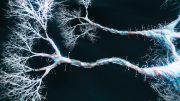
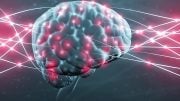
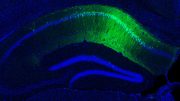
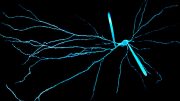
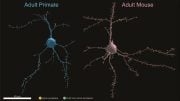

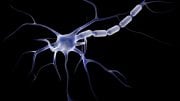
Is my reading comprehension out of wack or is the title completely misleading? The researchers found millions of silent synapses in mouse brains not humans. If you weren’t going for a click bait title and want something more accurate I would suggest some editing. Fine article other than that.
I was wondering how many mice have read this
I’m a recovered Alcoholic I’ve often attributed my renewed vigor and vitality to my sobriety now you’ve just provened it to me. For instance I was never able to figure out how to do a Rubic cube now I am able to solve it. Much to my and loved ones delight. And I think that is a clue my love is directly proportional to my new abilities.
I find any reading fascinating about the brain and how it works.
My husband suffered a Traumatic Brain Injuring and has been leaving and will leave for the rest of his life with a fractured scull.
Thank you
I agree with Andrea. the theme in reporting today is to hook the reader then reveal finer details. but the article is framed such that the reader thinks the article is about a human brain, when the research is about mouse brains.
hi
I agree about the mice brain thing, but mice are used in much of the testing and research. I found the article very
Interesting and always assumed that there was some kind of mechanism to accomplish new memories.
I agree with Andrea. I guess we assume that an article is about humans unless stated otherwise in the title.
The most intriguing part was omitted, how this can be used in future medical advances. There was a brief mention of difficulty in changing habits and behaviour,Is that also potential area of interest in this study?
does the brain create new silent synapses, use them all up or do they switch back and forth with a limited amount of recycled memory.?
Andrea, from what I read (which was 3 times to make sure I completely understand everything, 😂 lol) they are saying that we have the millions of silent neurons. The mice have millions between birth and twelve days old but it’s a lot less as a “grown up”. When we are born we are mostly silent neurons, so we can learn and remember what we are seeing/being taught. But they thought the more we grow, the more we lose the silent ones till they are all gone at age 3-4 years (found in another article). But when they found that we have them as adults it opened a lot of new information on our brain and how we continue to remember and learn.
All testing is done on animals because of their similarities to humans. We wouldn’t care about mice and rats brains, so humans are the benefactor. I think learning can be unlocked. Habits and factual information are retained in our brains. We repeat habits but information can be absorbed. I truly think that as we develop and interpret information in different ways. However I believe that everyone if given the right technique to develop our learning habits would drastically create stimulation in our brains and actually resemble the study. Shocks or electric neurons, are burst of energy when we are able to connect information and retain it’s usefulness. Most stimulation doesn’t occur because as humans we think we know everything. My opinion is that science and health can be further developed and the information will be like memories. Because you will remember what you learned if it’s usefulness can be applied to daily life. Our interpretations of our brains function differently and that’s also based on habits and science in our body.
Show a moving picture of Liquid Thought Please
Then they checked my brain and found that all the neurons were silent, lol. It makes so much sense jk.
Formerly the writing of headlines was a big responsibility for only very experienced editors and very good writers! Now it’s simply… how compelling can this sound will additional but even false information compel readers to open this! Blatant deception bold lies an misdirection by writers who can no longer claim that they are journalists!
Creo que la función y desarrollo de la sinapsis está muy ligada al instinto de conservación de los seres vivos y por tanto es muy importante descubrir todo lo relacionado con aquello que nos ayuda a mantenernos con vida!
This is very interesting to me because I am a stroke survivor, I had mild memory loss
I wonder if they checked someone like me that has severe ADHD and see what happens as much as I Hiperfocus and dwell I’m sure u would find somthing interesting..
Productive and efficient information that I haven’t received from other media outlet, continue your excellent job.thanks
Yes, I too found the title rather misleading. I also thought it was for the human drain. With that being said, does anybody have any recommendations for dealing with addiction in older people? It seems that plasticity and things of that nature should be able to help with that challenge.
Excuse me, obviously I meant brain
I am 72 and have vivid memories of my 4th birthday. So how does Darwinian evolution explain why a brain in which no molecules from 68 years ago still are present, must retain some kind of physical structure that is a facsimile of a birthday party? In other words why would a scientist who uses phrases like “know exactly how it works” think that there are structures in the brain dedicated to a birthday party in 1954, and Darwinism will “explain” the “purpose” for those structures existing way beyond when all the molecules have disappeared? Do we really believe reductionism will get a handle on the brain?